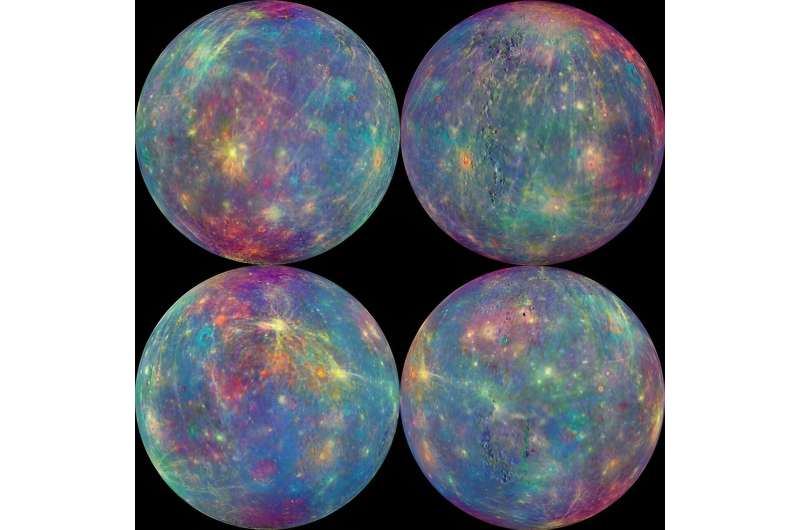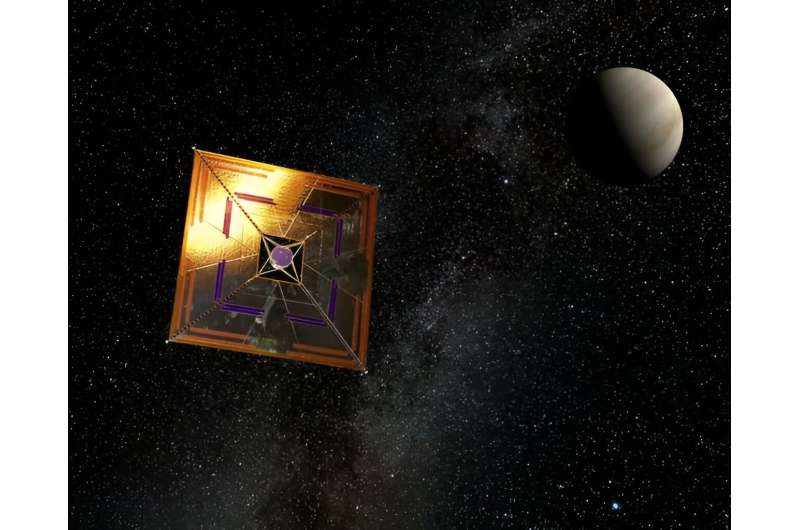It has been known since 1905 that light is made up of tiny little particles known as photons. They don't have any mass but while traveling through space, they do have momentum. When a tennis ball hits a racket, it bounces off the strings and some of the ball's momentum is transferred to the racket. In a very similar way, photons of light hitting a solar sail transfer some of their momentum to the sail giving it a small push. More photons hitting the sail give another small push and as they slowly build up, the spacecraft slowly accelerates.

Mercury Scout will take advantage of the solar sail idea as its main propulsion once it has reached Earth orbit. The main objectives for the mission are to map out the mineral distribution on the surface, high-resolution imaging down to 1 meter resolution and identification of ice deposits in permanently shadowed craters. The solar sail was chosen because it offers significant technical and financial benefits lowering overall cost and reducing transit time to Mercury.
To propel the Mercury Scout module, the sail will be around 2500 square meters and 2.5 microns thick. The material is aluminized CP1 which is similar to that used in the heat shield of the James Webb Space Telescope. The sail's four separate quadrants unfurl along carbon fiber supports and will get to Mercury in an expected 3.8 years. On arrival it will transfer into a polar orbit and then spend another 176 days mapping the entire surface.
To enable the entire planet to be mapped the the orbit will have to be maintained by adjusting the angle of the sail. In the same way, the captain of a sailing ship can sail against, or sometimes into wind by adjusting sail angle and position so the solar sail can be used to generate thrust in the required direction.
Unlike other more traditional rocket engines whose life is usually limited to fuel availability, the solar sail is limited by degradation in sail material. Its life expectancy is around 10 years. Additional coatings are being explored to see if the life of the sail can be extended further.
More information: Mercury Scout: A Solar Sail Mission to The Innermost Planet. www.hou.usra.edu/meetings/lpsc2024/pdf/2314.pdf
Provided by Universe Today



